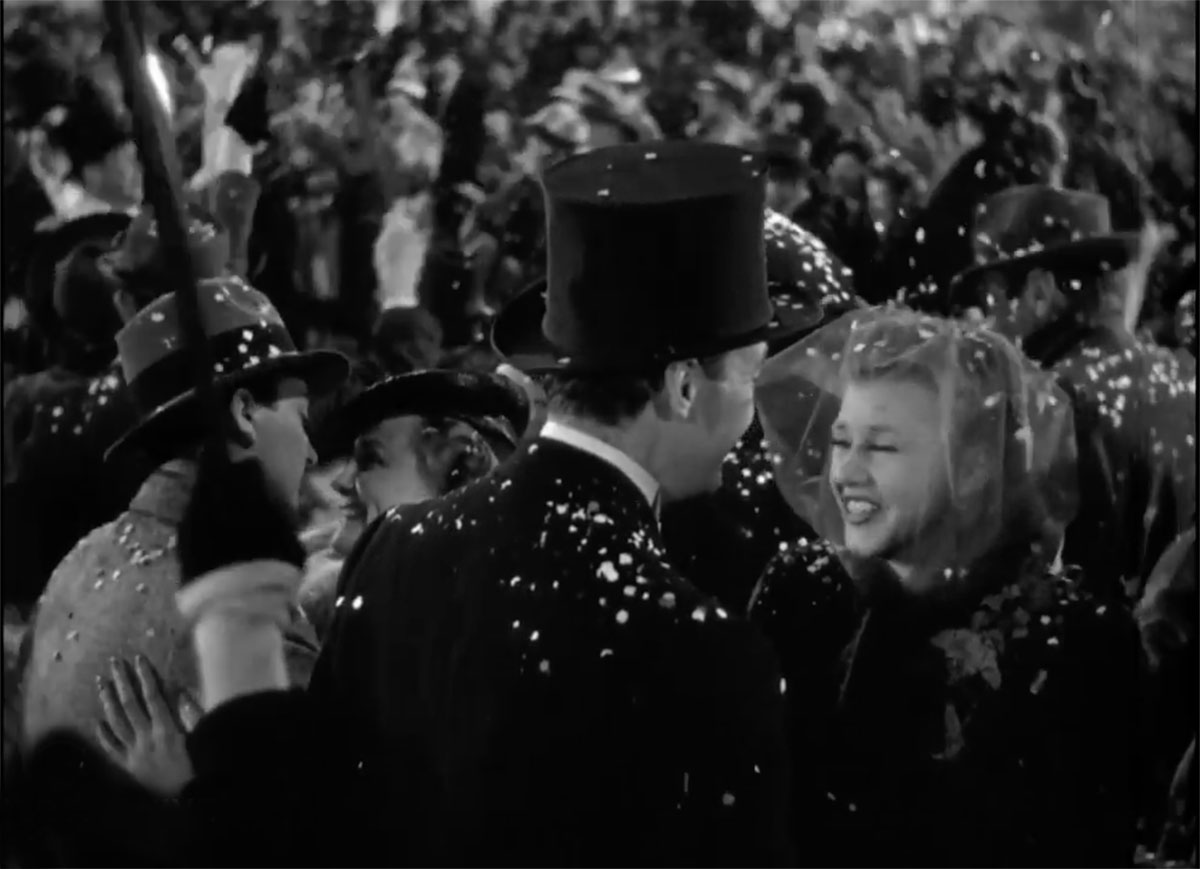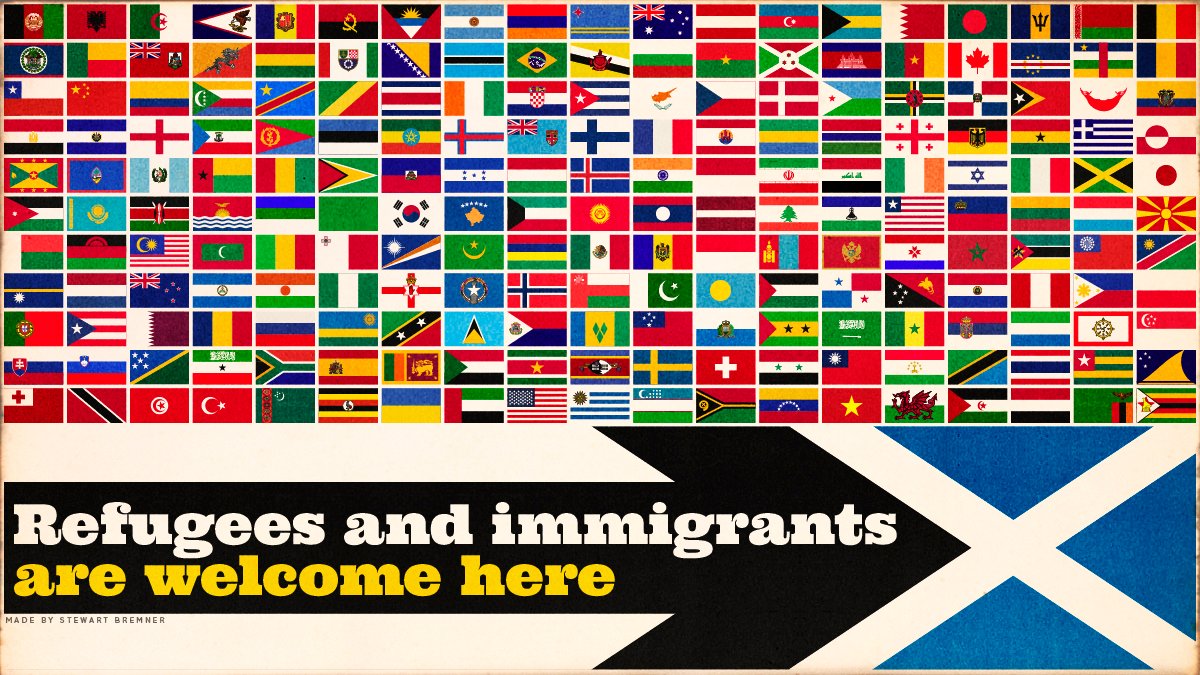Drop the cringe for a moment and join me for a thread about tartan. We all know about clan and family tartans, but do you now what came before them? 1/ 

If we were to go back a few hundred years, we'll not find the system of clan tartans as we know it now. Before the clan codification of tartans that started in the early 19th century, particular tartans were mostly associated with single weavers. 2/ 

Naturally those weavers were in specific locations. And so to begin with, most tartans were known as being from a distinct district. 3/ 

With much of Scotland existing under the clan system, over time the link between a tartan in a particular location and the dominant clan in that area grew. Then came the Dress Act of 1746, seen as a punishment of Highlanders after the failed Jacobite uprising the year before. 4/ 

Whilst the Act didn't ban tartan in the way most people think, the affect of it was more of less the same. Highland dress was out and only soldiers were permitted to wear kilts. 5/ 

A lot of Scots regiments had already adopted their own tartan, as a form of identification. For example, the Black Watch (or Government) tartan is basically that which was most prevalent in Campbell territory, since three of the six companies of the Watch were Campbell led. 6/ 



Over the 36 years the act was law, most weavers lost their tartan skills. At the same time, the Highland Clearances decimated the population. When the Act was finally repealed in 1782, few district tartans remained and a whole lot of Highlanders and their kilts were gone. 7/ 

It was the gentry that brought the cloth back from the brink. The myth o the noble Highlander grew, societies were formed and tartan became the height of fashion. It became the in thing for the rich to have a tartan named after themselves. Thus was born the clan/family tartan. 8/ 

But what of the district tartan? Well, some survived the Act and, over time, more have been designed. 9/ 

When I came to drawing tartans for my shop, I decided to draw the ones for Scotland's cities. First up is Aberdeen. Its tartan was designed by Wilsons of Bannockburn in 1782. It has an uncommonly large sett. There's hardly a repetition of it on my art. 10/ 

This is Dundee #2 tartan. Whilst the designer and date aren't known, it's based on Dundee tartan, which is said to have ben patterned after a jacket worn by Bonnie Prince Charlie in 1746. 11/ 

Poor Edinburgh. It didn't get a tartan until Hugh Macpherson created one in 1970 to mark the Commonwealth Games. 12/ 

Glasgow, however, isn't such a late comer. Once more Wilsons of Bannockburn made this, in 1790. Their 1819 pattern book calls it 'Glasgow Rock and Wheel'. 13/ 

Inverness tartan dates to 1829, although it is recorded as being made for Augustus, Earl of Inverness, before 1822. 14/ 

Perth, sad wee Perth, doesn't have a district tartan. 15/ 😥😢😰
It was again Wilsons of Bannockburn who, appropriately enough, designed the Stirling and Bannockburn tartan, that was originally made in 1847 for the Stirling and Bannockburn Caledonian Society. 16/ 

For reasons, I drew the Leith tartan. Leith's Kinloch Anderson came up with this for the Tall Ships visit in 1995. It's based on the Robertson tartan, to honour former Leith shipbuilders Henry Robb. 17/ 

In more recent times, district tartans for whole countries have came into being. A good deal of this can be traced back to the Scots diaspora spreading around the world. Forfar-born Jack Cumming designed this one in 1975 and presented it to First Lady Betty Ford in 1976. 18/ 

The Australia tartan dates to 1984 and was created by John Reid using the tartan of Lachlan Macquarie, the second Scots-born governor of the Australian Colony of New South Wales in 1809. The colours were inspired by the outback. 19/ 

I drew the Catalan tartan because independence, obviously. It was designed by Viv Sharp in 1992, to commemorate that year's Olympic Games and is made after the Catalan flag, the Senyera. 20/ 

Finally, we come to the Caledonia tartan. While this isn't a district tartan – and there's disagreement over its origin – I was keen to draw one that could be called a national tartan for Scotland. 21/ 

…because if there is one tartan almost guaranteed to bring on the cringe, it is out most famed tartan, Royal Stewart. / 22 

If you've found this enjoyed thread, please consider making a purchase from my @indy_prints shop. All of the above and many other designs are available as posters, cards, magnets and more. You can get something for less than the price of a coffee. Thanks! indy-prints.com
• • •
Missing some Tweet in this thread? You can try to
force a refresh











